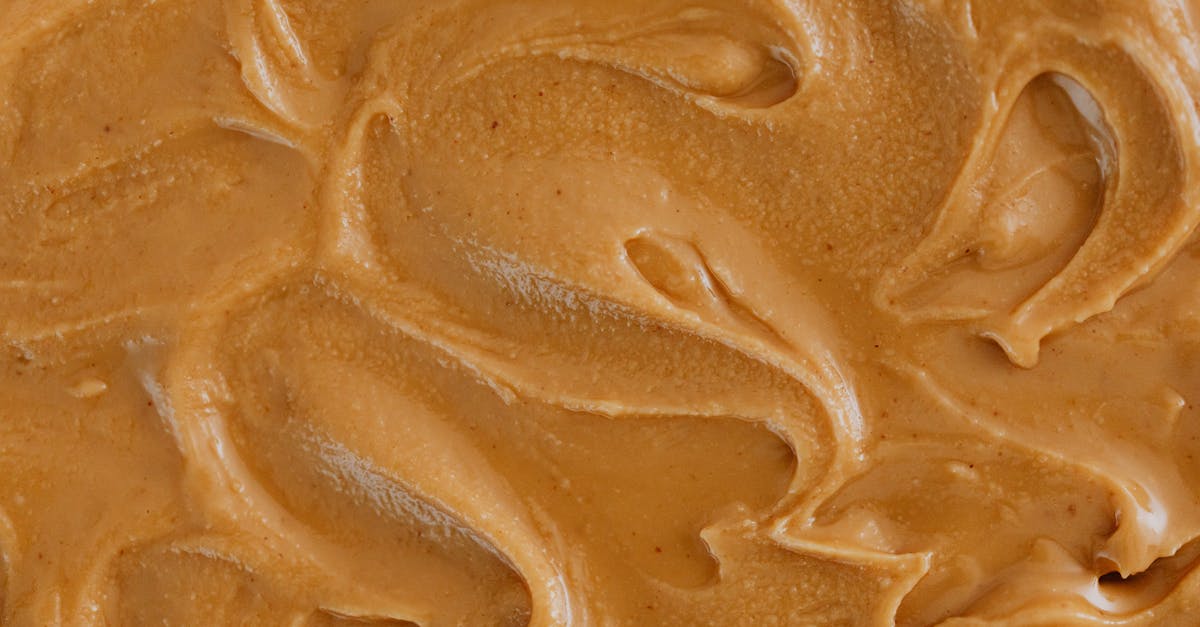Kesari Bath is a beloved South Indian sweet dish that captures the hearts of many with its rich flavors and delightful texture. One of the key ingredients that significantly influences the taste and consistency of Kesari Bath is rava, also known as semolina. In this article, we will explore the various types of rava that can be used to make the perfect Kesari Bath, along with their unique characteristics.
| Type of Rava | Texture | Flavor | Best Use |
|---|---|---|---|
| Fine Rava | Smooth | Mild | Traditional Kesari |
| Coarse Rava | Grainy | Nutty | Rich & Thick Kesari |
| Roasted Rava | Toasty | Rich | Flavored Kesari |
| Idli Rava | Medium | Neutral | Soft Kesari |
| Whole Wheat Rava | Coarse | Earthy | Healthier Kesari |
| Semolina (Sooji) | Fine | Sweet | Quick Kesari |
| Chiroti Rava | Silky | Delicate | Luxury Kesari |
Fine Rava
Fine Rava is the most commonly used type of semolina for making Kesari Bath. Its smooth texture allows for quick absorption of water and sugar, resulting in a rich and creamy consistency. The mild flavor of fine rava makes it versatile, allowing it to blend seamlessly with saffron, cardamom, and nuts, which are often added to enhance the dish’s taste. This type of rava is ideal for traditional Kesari Bath, where a softer and more delicate texture is desired.

Coarse Rava
Coarse Rava, as the name suggests, has a grainier texture compared to fine rava. It lends a nutty flavor to Kesari Bath, making it more robust and hearty. When used, the dish tends to have a thicker consistency, making it a favorite among those who enjoy a more substantial dessert. Coarse rava is perfect for creating a rich Kesari Bath that is both filling and satisfying.

Roasted Rava
Roasting rava before cooking is a traditional technique that adds a toasty flavor to the dish. Roasted Rava gives Kesari Bath a deeper and richer taste, enhancing the overall experience. This rava is particularly popular for making flavored Kesari, where ingredients like coconut or various fruits are added to create unique variations of the classic recipe.

Idli Rava
Idli Rava is a medium-textured semolina that is primarily used for making idlis. However, it can also be used to prepare a softer version of Kesari Bath. The neutral flavor of idli rava allows it to absorb flavors well, making it an excellent choice for those who prefer a lighter, fluffier dessert. This type of rava is perfect for creating a soft Kesari that melts in your mouth.

Whole Wheat Rava
For those seeking a healthier alternative, Whole Wheat Rava is an excellent choice. This coarse rava has an earthy flavor and is packed with nutrients, making it a great option for health-conscious individuals. While it may not produce the same texture as traditional rava, it still creates a delicious and wholesome Kesari Bath that can be enjoyed guilt-free.

Semolina (Sooji)
Sooji, or regular semolina, is often used interchangeably with rava. Its fine texture and sweet flavor make it a quick option for preparing Kesari Bath. This type of rava is particularly suitable for those who want to whip up a quick dessert without compromising on taste. Quick Kesari made with semolina is often a favorite for last-minute gatherings or celebrations.

Chiroti Rava
Chiroti Rava is known for its silky texture and is often considered a luxury ingredient in South Indian cooking. It is finer than regular semolina and imparts a delicate flavor to Kesari Bath. This type of rava is ideal for creating a luxurious dessert experience, perfect for special occasions or festive celebrations. The smooth consistency of Chiroti Rava ensures that the Kesari Bath is both visually appealing and delicious.

FAQ
What is Kesari Bath?
Kesari Bath is a traditional South Indian sweet dish made from semolina, sugar, ghee, and flavored with saffron and cardamom. It is often served during festivals and special occasions.
Can I use any type of rava for Kesari Bath?
While you can use different types of rava, the texture and flavor may vary. Fine rava is the most common choice for a traditional Kesari Bath, but experimenting with other types can yield delicious results.
How do I store leftover Kesari Bath?
Leftover Kesari Bath can be stored in an airtight container in the refrigerator for up to 3 days. Reheat it in the microwave before serving.
Is Kesari Bath gluten-free?
Kesari Bath is not gluten-free as it is primarily made from semolina, which is derived from wheat. For a gluten-free version, consider using rice flour or other gluten-free alternatives.
What can I serve with Kesari Bath?
Kesari Bath is often served with a side of savory dishes like khara bath or upma, balancing the sweetness of the dessert with savory flavors.
References: [NIN](https://www.nin.res.in/), [FSSAI](https://www.fssai.gov.in/)
